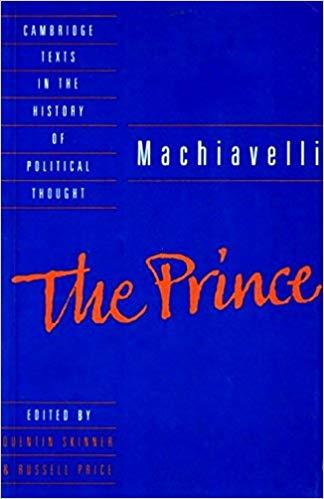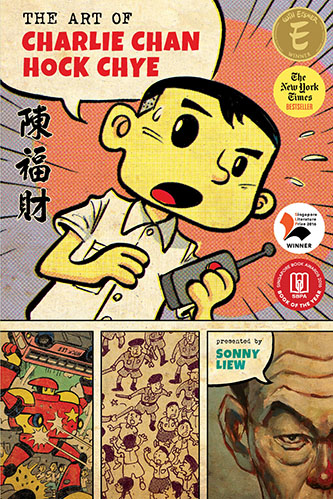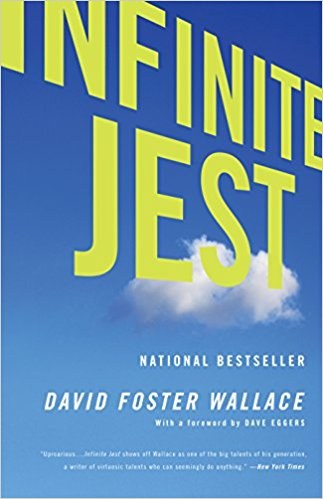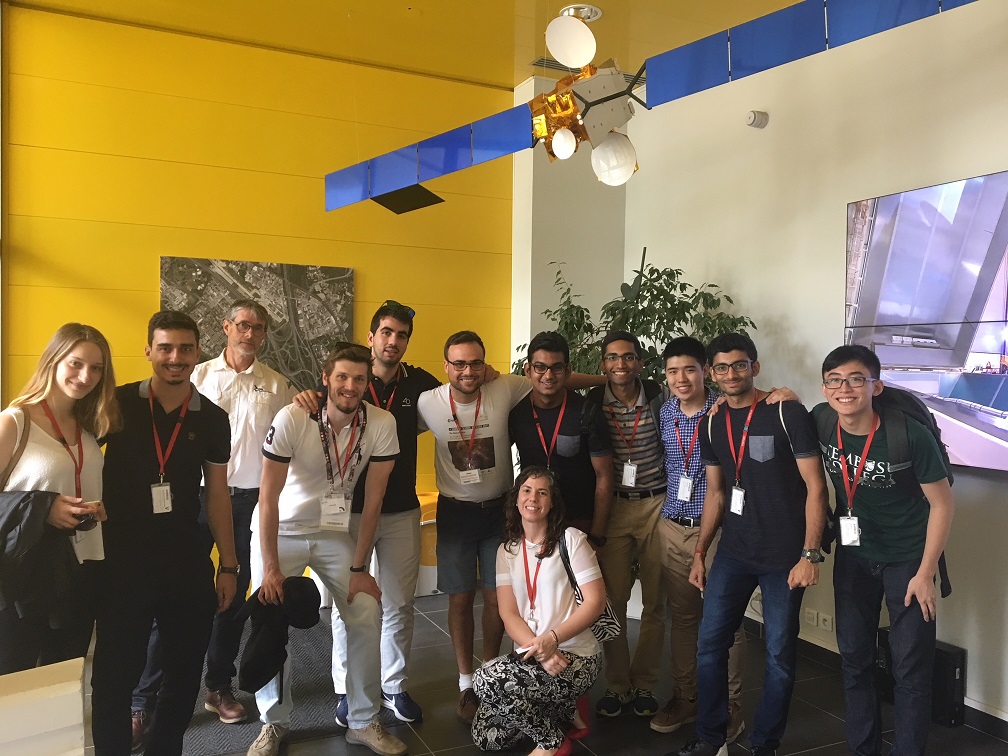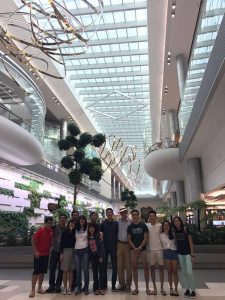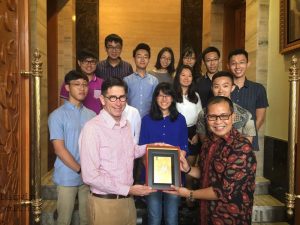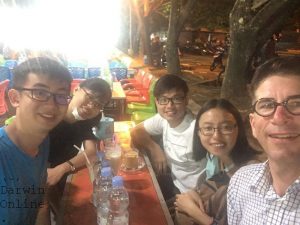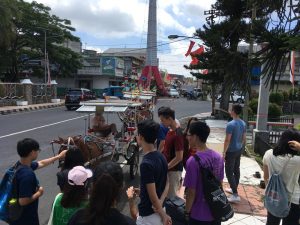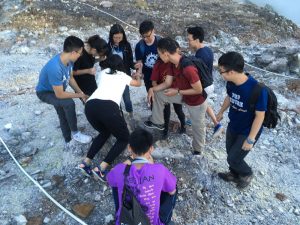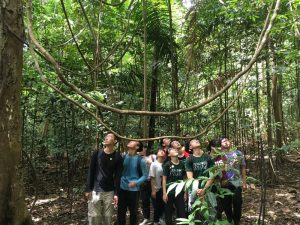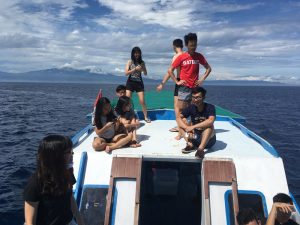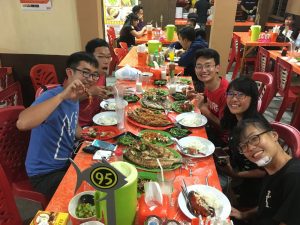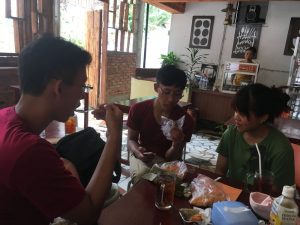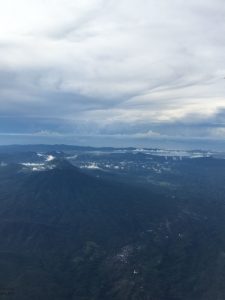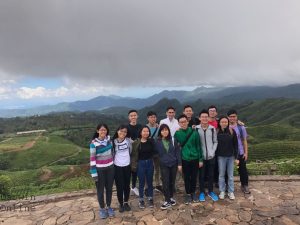Mrs Eugenia Lim, Principal, Mrs Shermaine Tang, Vice-Principal, Madam Ho Hui Ping, Vice-Principal, Teachers and Students. Thank you for inviting me to share my thoughts with you this morning.
Tribute To Teachers
It is a special pleasure to speak to 200 teachers. A few years ago, the Ministry of Education published a small book of short essays, entitled, “If Not For My Teacher”. I contributed an essay praising teachers, in general, and my first Form Master at RI, Mr Wazir Singh, in particular. My teachers have educated me and helped to mould me into the person I am today. Thank you teachers.
The Fourth Industrial Revolution
We are living through the Fourth Industrial Revolution. What were the first three industrial revolutions?
The first was the Agrarian Revolution which happened about 10,000 years ago. Humans stopped foraging for food for survival. They learned to grow food. They domesticated animals. As a result, food production improved, the population increased and human settlements grew in size. This led to the emergence of villages, towns and cities.
The second revolution, called the Industrial Revolution, began in the 18th century and accelerated in the 19th and 20thcenturies. The revolution was powered by the invention of the steam engine, electricity and mass production.
The third revolution began in the 1960s, with the invention of the computer, semi-conductors, personal computers and the internet. That is the world we have been living in.
The fourth revolution began at the turn of the 21st century. It builds on the third industrial revolution as it is also being driven by technology and digitalization. New technology and innovation have given rise to companies which disrupt the status quo, for example, Airbnb, Uber, Grab, Alibaba, Amazon, etc. The world is being transformed by computers, robots, artificial intelligence, the internet of things, big data, smart cities, block chain, sharing economy, 3D printing, autonomous vehicles, nanotechnology and financial technology.
The Fourth Industrial Revolution is remarkable for its speed and breadth. It is affecting every sphere of human activity. Singapore must therefore prepare its young people with the knowledge, skills and mindset to take advantage of the new opportunities. This is why the Government has emphasized what is called: “STEM”, meaning science, technology, engineering and mathematics. This is not wrong. It does not, however, tell the whole story. The fact is that many of the founders of new and innovative companies are not the graduates of STEM. The founder and CEO of Razer, Tan Min-Liang, for example, is not a graduate of STEM but law. He is our youngest self-made billionaire.
Case For Holistic Education
First, I want to make the point that what the world needs is to educate our young people both in the sciences and the humanities. We need technologists who understand the humanities and humanists who understand technology. Let me support my case with several examples.
The co-founder and the genius behind Apple, was a man called Steve Jobs. Steve attended a small liberal arts college but dropped out of the college. When asked what was the important course he took at the college, he said it was a course on calligraphy. His knowledge of calligraphy enabled him to design a keyboard for the Macintosh computer, which distinguishes it from its competitors. When unveiling a new edition of iPad, Steve Jobs said: “It is in Apple’s DNA that technology is married with liberal arts, married with the humanities, that yield us the results that make our hearts sing.”
The co-founder and genius behind Facebook is Mark Zuckerberg. Mark was a Psychology major at Harvard but he also dropped out of college. Mark has said that: “Facebook is as much about psychology and sociology as it is about technology.”
I think I have made my point. What is changing the world is not technology alone. It is being changed by innovators and entrepreneurs who have been able to marry technology with design, with psychology and sociology. It is being changed by people like Steve Jobs and Mark Zuckerberg.
Why Study History?
Second, when parents ask me what should their children study if they aspire to join our foreign service, I tell them that it doesn’t really matter what they study but I hope that some of our diplomats would have studied history. Why history? Didn’t Henry Ford say that history is bunk? My answer is that the ignorance of history can get you into trouble and the knowledge of history can empower you. Let me give you the following examples.
A Singapore developer had secured a site in Hanoi for development. The site included the notorious prison which American Prisoners of War had called the “Hanoi Hilton.” When the Singapore developer had wanted to demolish the prison, it was confronted by protesting Vietnamese veterans. What were the veterans protesting about? The prison had been built by the French. During the long colonial rule, many Vietnamese freedom fighters had been imprisoned there. Some were tortured and killed there. To the Vietnamese veterans, the prison was sacred territory. In the end, a compromise was arrived at and a section of the prison has been preserved and turned into a museum.
I was the Chairman at the National Heritage Board for 9 happy years. One of my initiatives was to put up markers to honour great men and women who had visited Singapore during their lifetimes. The first marker was to honour the great Polish writer, Joseph Conrad. He was a British merchant Seaman before becoming a writer. Singapore was his base as he worked on ships which sailed between Singapore and the Indonesian archipelago and the island of Borneo. The success of this first marker encouraged me to put up markers to honour Ho Chi Minh, Jose Rizal, Deng Xiaoping and Jawaharlal Nehru. Our gestures have touched the hearts of the leaders and peoples of the countries from which these great men came. In diplomacy, I have learned that, as human beings, we think with both our heads and our hearts.
Why Study Literature?
Third, one of the subjects I studied for my “O” level, in 1955, was Literature. Sixty three years later, I consider the study of Literature one of the best investments I have made. Why? First, through Literature, I acquired a love of books and the joy of reading. Reading is an educational, joyful and liberating experience. You are transported from your circumstances, no matter how difficult and challenging, to another world, another time and another civilization. Reading is the key that unlocks the door to the treasury of the world. At the inaugural Book Summit, held in Washington D.C., I was moved by the testimonies of several famous American writers who said that reading had saved their lives. Second, reading Literature helps you to think, write and speak clearly. Clarity of thought and expression is a virtue which should be cultivated. Third, reading literature gives one a better understanding of human nature and the complexity of the human condition. It makes one less judgemental and more sympathetic. Literature complements non-fiction in helping us to understand another country and its people. For example, to understand America, I would recommend young diplomats being posted to the United States to read the following 11 great American novels:
- Moby Dick by Herman Melville – 1851
- The Adventures of Huckleberry Finn by Mark Twain – 1884
- The Great Gatsby by F Scott Fitzgerald – 1925
- The Sound and the Fury by William Faulkner – 1929
- The Grapes of Wrath by John Steinbeck – 1939
- For Whom the Bell Tolls by Ernest Hemingway – 1940
- The Catcher in the Rye by J.D. Salinger – 1951
- To Kill a Mocking Bird by Harper Lee – 1960
- Catch-22 by Joseph Heller – 1961
- The Fire Next Time by James Baldwin – 1963
- Beloved by Toni Morrison; – 1987
In the case of Singapore, we should encourage our students, whether they are studying literature or not, to read the works of our poets, playwrights and authors. I am an admirer of our poets, Edwin Thumboo, Lee Tzu Pheng and Leong Liew Geok. My favourite playwrights are Kuo Pao Kun, Robert Yeo, Haresh Sharma and Alfian Sa’at. I recommend the short stories and novels of Goh Poh Seng, Lim Chor Pee, Catherine Lim, Suchen Christine Lim, Philip Jeyaratnam, Simon Tay and Meira Chand.
The Case for the Humanities
Fourth, I want to make the point that the Fourth Industrial Revolution has not made the study of the humanities irrelevant. Why study the humanities?
We should study the humanities because it will help us to think analytically, to write clearly and to speak persuasively.
Reflecting on my own experience of having studied law at the University, I would say that apart from acquiring domain knowledge in the law, my legal education taught me how to think analytically and how to communicate my thoughts coherently, clearly and persuasively, both orally and in writing. Let me give you two examples of the benefit of writing clearly.
Norman Augustine was the CEO of a big American company called “Lockheed Martin.” The company had 180,000 employees, mostly graduates. When Mr Augustine was asked what was the most important qualification for advancement in his company, he said that it was the ability to express one’s thought clearly in writing.
The founder and genius of Amazon is Jeff Bezos. He requires his senior executives to submit written memoranda for their meetings. If proposing a new product or strategy, the memo must take the form of a press release. It must use simple, jargon-free language so that a lay person can understand it.
My good friend, Professor Lily Kong, the President-elect of SMU, has written that: “It is in studying the humanities that we learn about humanity, or what it means to be human, in all its beauty and all its foibles. Through literature and history, we see, for example, the martyrdom of self-sacrificing leaders as much as we see the viciousness of ambition. We gain insights into what it means to have a kindred spirit but also a cruel enemy. We witness the tenderness of human love, the pain of loss and the joy of reunion. Arguably, in an age of hyper-technology, it is all the more reason why we need the humanities – to remind us of the glory and frailty of humanity, to retell the meaning of being human. If nothing else, where robots can dispense medicines, and chatbots replace human conversations, the jobs that will withstand the 4th Industrial Revolution are precisely the ones that require an understanding of human nature and a reliance on human empathy.”
Conclusion
I shall conclude. First, I want to reiterate my point that what we should aspire for is holistic education. We want our humanists to understand technology and our technologists to understand the humanities. Second, an education in the humanities train us to think, write and speak clearly. Third, my message to the teachers of humanities is not to despair. As long as we are human beings, the humanities will always be at the heart of civilization. Let me close with an inspiring example. The most popular teacher at Harvard University is not a Nobel Laureate in the sciences. He is a professor of moral philosophy called Michael Sandel. His book, “What Money Can’t Buy” is a global best seller. In it, he warns the world against becoming “market societies”, where everything is for sale. He shows us that ethics and justice are timeless values and how they apply to our contemporary world. He is the moral conscience of America. What is the moral of the story? The moral is that it is not what you teach but how you teach it. Be passionate about your subject. Be imaginative and creative in the way you teach. Be an inspiring teacher.
Ambassador Tommy Koh is Ambassador-at-Large at the Ministry of Foreign Affairs, professor of law at the National University of Singapore, and Special Adviser to the Institute of Policy Studies.
This speech was first delivered at the 2018 Humanities Symposium, held at Singapore Chinese Girls’ School on 4 July 2018.



